How I Made Repetitive, Unwanted Thoughts Part of My Creative Process
As any individual dealing with obsessive-compulsive disorder (OCD) may know, there are ways we can give the OCD more or less power over us. This is where I feel exposure and response therapy and mindfulness have an interesting overlap. Mindfulness is all about becoming aware of the way we are feeling in the moment, how we feel compelled to act in response to those feelings, and noticing the subtle ways we are changing in response to our environment. Mindful meditation has become a big part of my work in that I am making a choice to respond differently to obsessive thoughts. When I first received treatment for OCD and went through Exposure and Response Prevention therapy, I learned about how our responses to thoughts and obsessions can give OCD more or less power. These responses are not always obvious or extreme, but ultimately they can be either mindful or compulsive.
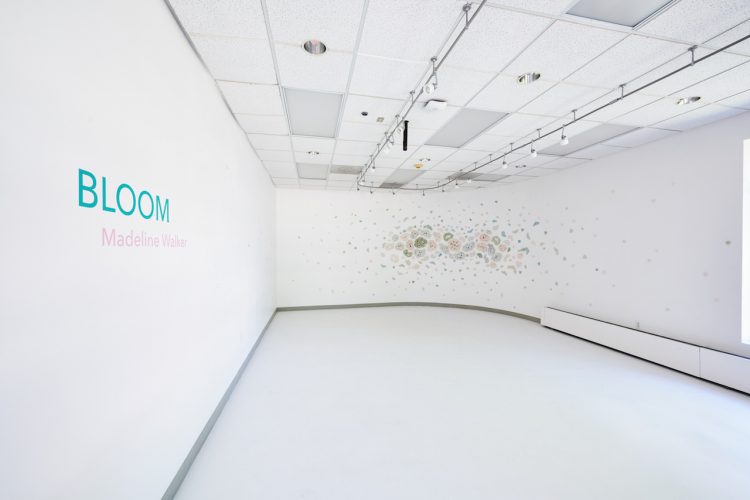
The repetitive, unwanted thoughts that I experience because of my OCD have always been a part of my creative process as a visual artist, although for a long time I was not talking about it so much. Creating sculptures and installations are a way for me to respond to the obsessions I experience in a way that is not perpetuating a cycle of doubt, panic, and fear. Instead I am able to create new patterns, responses and experiences that deal with concepts and research I value. The work is then able to evolve in a positive way. Bloom, for example is a body of installation art work I am making which draws parallel between my experience with OCD and the overwhelming growth patterns harmful algal blooms exhibit. Systems theory and landscape architecture are informing aspects of this series of work as well, which I studied as a part of the interdisciplinary Art/STEM fellowship I received during graduate school.
The observations and experiences that influence the work are most closely related to a memoir. The processes used to create the work are both digital and physical, involving a combined use of CNC (computer numerical control), computer aided design, plaster molds and porcelain paper clay. As the forms repeat and evolve, the line between nature and technology comes into question.
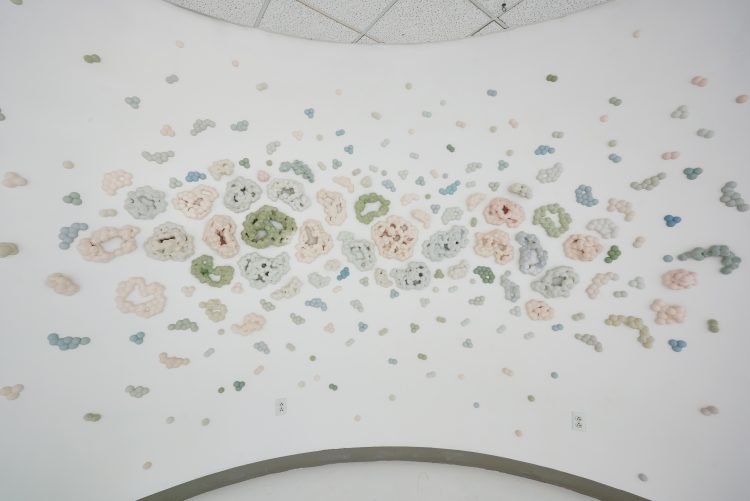
OCD is essentially like a cloud of gnats that is there all day, every day, reminding you of the ways in which things can go wrong, but you may go years without noticing how afraid you were of them. A person without OCD is generally able to move on to the next thought pretty easily and without much disturbance. A person with OCD however is not able to do this in the same way, especially when symptoms are at their worst.
When you are afraid of a thought, because it feels weird to you in some way, you may resist it partially or altogether, and in turn the thought gets even stronger. The truth is that everyone experiences strange thoughts, but the difference is that people with OCD can’t let go of them because it builds up, takes hold and it becomes your reality. Everything revolves around that thought and feeling, and it can make you feel out of control. Imagine the thought that you are a bad person, that you could hurt someone unknowingly or that you may be abandoned by everyone, at any moment. If you are suddenly confronted with these thoughts, it might not be long before your actions revolve around avoiding that feeling and finding ways to reassure yourself those thoughts aren’t true. Overcoming OCD is about noticing these thought patterns and questioning them before they grow.
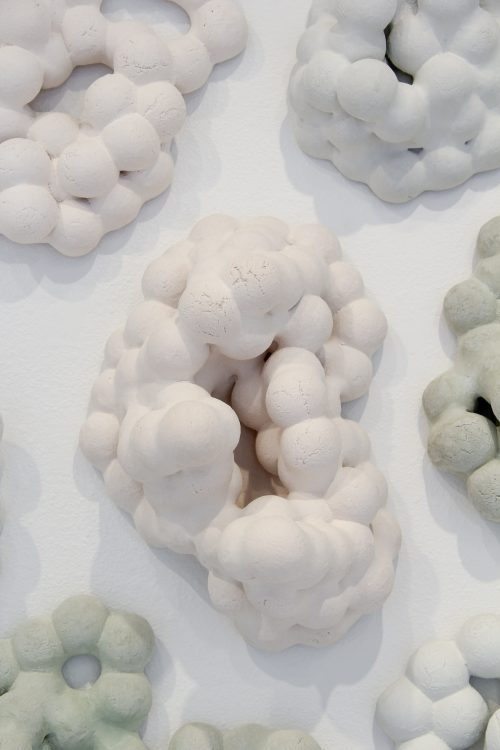
The actions we take can can encourage obsessions to linger and get worse, and reinforce doubts, or we can radically accept the uncomfortable unknown, including the thoughts we are experiencing, as I have recently learned in therapy. Eventually they will pass. This is something I have to remind myself on a daily basis. It helps me to confront uncomfortable thoughts before panic sets in. This sounds very simple but it was a huge realization for me. OCD can be so deceiving at times. It will convince you that doubts are a real threat to your well-being and it can cling to literally any aspect of your life, and that includes certain people, places and entire belief systems. The therapy I have experienced this year has been all about noticing assumptions and belief systems and re-evaluating them in a way that is more constructive. I can not always control the thoughts I am having, but I do have control over the way I notice what is happening around me, and ultimately the way that I respond. In moments of panic, it does not feel like a choice at all, but if you are able to stop the cycle before it gains momentum, it can be really powerful way to overcome OCD one step at a time. That physical response for me has become my studio practice which is an abstract manifestation of the things I can not always explain or understand.
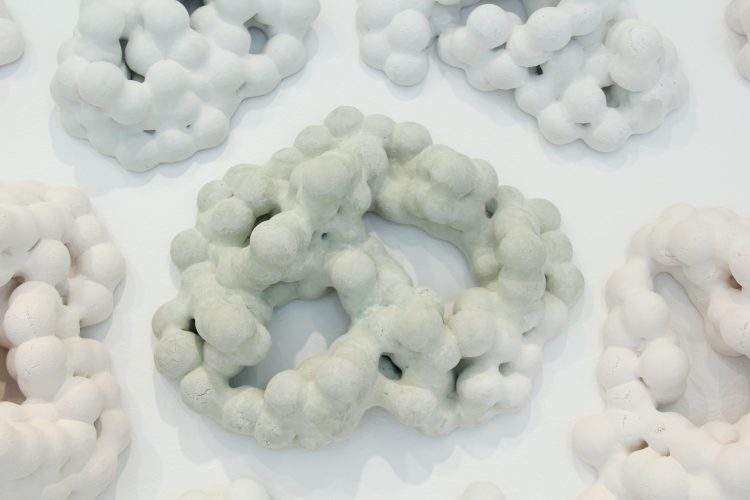
My studio art practice has become a reminder that we have the ability to change and influence our surroundings, despite the obsessions experienced. It’s a tangible reminder that I have overcome aspects of OCD in the past, and these thoughts come and go, once you are able to notice the way you are affected by them. Over time, I think mental health will become a broader part of conversations within academic systems, and it is my hope that in talking about it, I can contribute to the destigmatization that will make mental health a more accessible topic everywhere. The stigma surrounding conversations of mental health is far more common than we often acknowledge, and I think the only way to handle these issues more effectively is to be honest about our experiences, and to challenge the way we look at it.
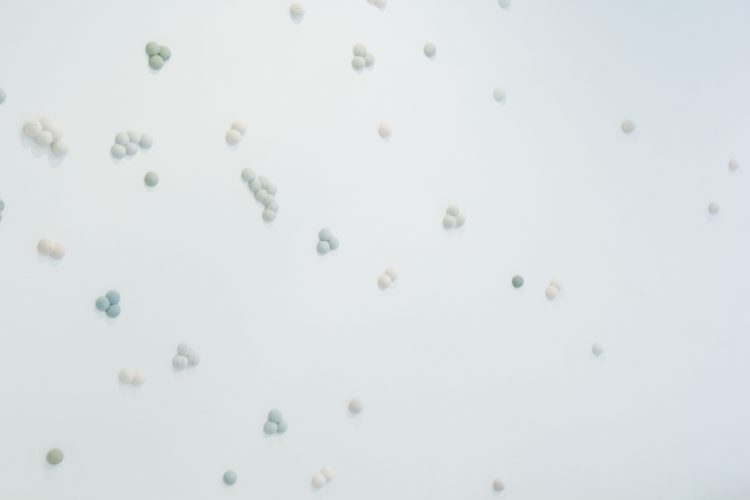
My therapist taught me that simply noticing these waves of thoughts and feelings can be really powerful. When you are in the midst of a panic attack, that can be hard to come to terms with. It can be difficult to distinguish fear and intuition when you have OCD. During a panic attack, you don’t feel like you have control over your feelings or anything in your environment. Gradually, as my therapy progressed, I gained more ability to notice certain thought patterns as they were beginning, before it progressed to a full blown panic attack. Making the decision to create new patterns in response to obsessions has become a significant part of my creative process, and a continual part of my own awareness.
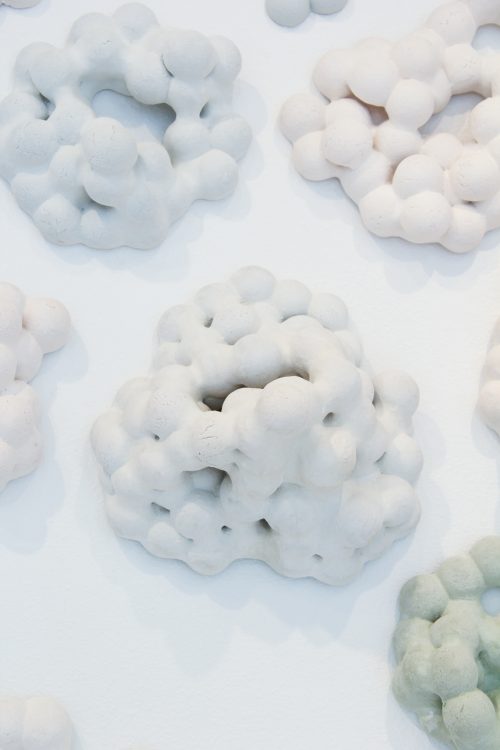
We want to hear your story. Become a Mighty contributor here.
All images provided by contributor

